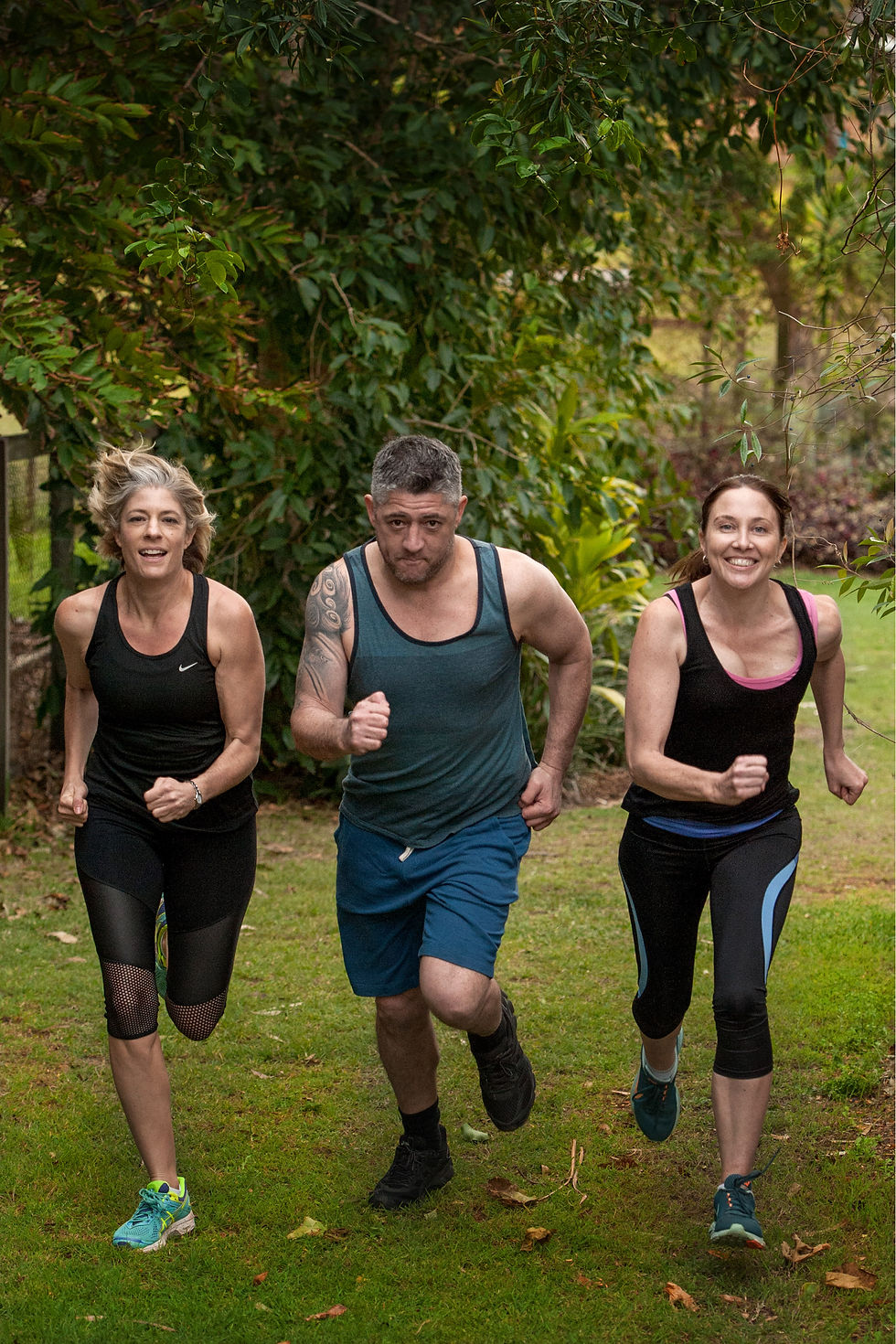Iron will
- Jay Buchan
- Jan 8, 2019
- 2 min read
Are you struggling to get out of bed to get to work, or the gym, when once you used to bound up and out. It could just be the grind of daily life – we all go through ups and downs. Or it could be something physiological. Something that’s not enough to convince you you’re really ill and need to see a doctor, just something that leaves you tired most of the time, sluggish physically and mentally and generally unmotivated. It could be your iron levels, particularly if you are a woman.
Iron deficiency is the most common and widespread nutritional disorder in the world, with over 30% of the world’s population suffering anaemia as a result of iron deficiency (Whitney and Rolfes, 2013). Women, in particular are at a much greater risk due to the amount of iron lost through menstruation.
The good news is there are practical steps most can take to increase iron levels.

“Eat more read meat”is a common refrain from many when they hear someone is low on iron. And while there is some truth in this, it is a bit more complex than that. What you eat with your source of iron can be just as important , because some foods aid iron absorption while others inhibit it.
There are 2 types of dietary iron – heme iron, which comes from meat, fish and poultry, and non-heme iron, from plants.
Heme iron makes up about 10% of daily iron intake, with about 25% of the iron in meat absorbed by the body.Non-heme iron makes up 90% of daily iron intake but only about 17% is absorbed by the body.
Meat, fish and poultry also contain a peptide called the MFP factor that promotes the absorption of non-heme iron in the same meal, so it is wise to eat veges, particularly dark green vegetables with your meat to maximise absorption. But not all veges.
There are compounds, known as phytates and polyphenols – which are antioxidants - in some vegetables, grains, legumes (beans, lentils, peas, chickpeas, soy, etc), nuts, milk, tea, coffee, red wine and even oregano, which bind with non-heme iron to inhibit iron absorption.
You can get around this in part by taking Vitamin C (ascorbic acid) as a supplement, or by soaking beans, grains and seeds before eating. Bread that has been allowed to rise before baking is also lower in phytates, so is less likely to hingder iron absorption. Vitamin C enhances non-heme iron absorption from food in the same meal by capturing iron and keeping it ready for absorption (so have tomatoes, broccoli and capsicum with your meals when possible).
For maximum absorption of non-heme iron eat meat for MFP and fruit and veg with vitamin c and you may just find your old energetic self returning.
